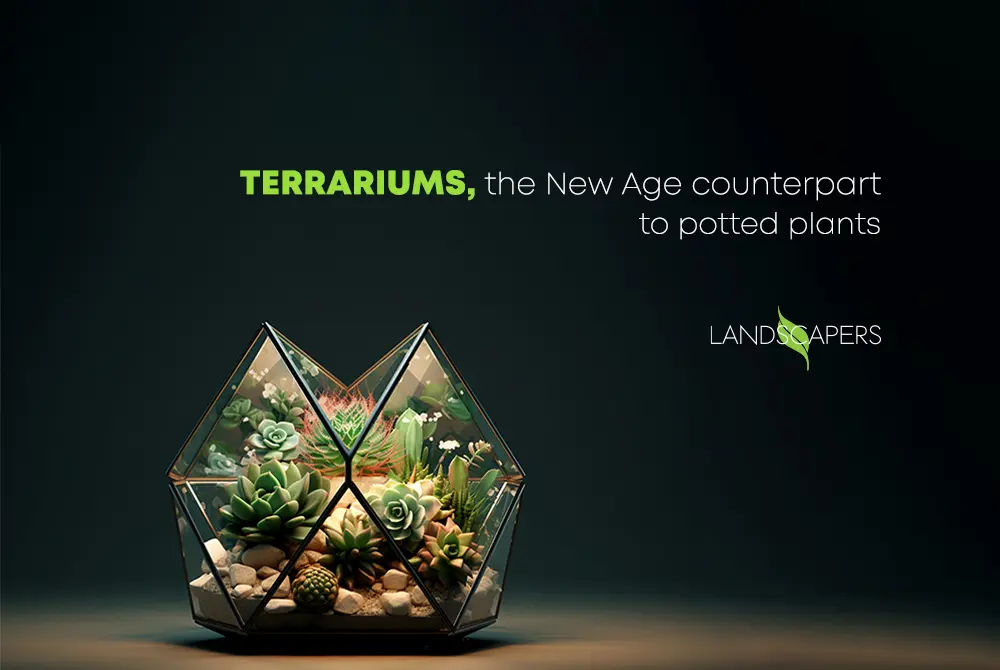
Terrariums, the New Age counterpart to potted plants
Since most of us live in concrete buildings in large metropolitan cities, we rarely have access to gardens or backyards where we can enjoy some greenery whenever we’d like.
In Dhaka, housing with open space for gardening/ landscaping is becoming increasingly difficult to come across, even for rent. We all know that nature and greenery can provide our eyes some much-needed relief, but maintaining gardens is not always a cakewalk. Even potted plants could turn out to be a hassle, especially in houses where sunlight is not a constant.
In such cases, one new and unique idea that you could explore could be a terrarium. A terrarium is a microcosm of our ecosystem, meaning that the plants and creatures inside a terrarium are able to maintain harmony in the small, semi-enclosed space that they are placed in.
Depending on the kind of environment that you live in, you can choose to grow smaller plants reflecting your climate in your terraria. You need to create an ecosystem which is self-sustaining in order for the microcosm of the ecosystem to keep existing without you needing to tend to it.
Terrariums are often easier to maintain in that you will not need to constantly water them and mulch their soil. You will need a clear container, preferably glass, along with sand or gravel as the bottommost drainage layer. Above that layer, you need to have a substrate layer, which can easily be soil mixed with organic material. However, if you are growing tropical plants in your terrarium, using a tropical substrate mix will be helpful. Different types of plants will serve different purposes. It is best to research in detail before you commit to a specific kind.
Using activated charcoal or basic charcoal could act as an insurance layer. This layer can help absorb excess water if you accidentally end up overwatering your plants. You can also add decorative statuettes and clay pieces to add an element of interest to your terrarium. Add the specific kind of microfauna or mesofauna that will ultimately help seal in the goodness inside the terraria. If you want to use bigger decoration pieces, place them in your pot before adding moss and plants. This allows you to give your terrarium a more organically decorated feel. Small animals such as tiny turtles and springtails will not only eat away at microorganisms within your terrarium, they will also allow for excess of any nutrients to be redistributed and absorbed away.
With busier working schedules and inconsistent rain-sunlight in city dwellings, terrariums could easily be used to brighten up an otherwise dull and lifeless apartment. As they only need a little bit of an effort when being set up, terrariums could slowly replace regular potted plants and ordinary gardens–especially if they really can thrive so beautifully with just a kickstart in the right direction. They could even be used to replace expensive decorative pieces used to adorn the house. If you are looking into low-maintenance alternatives to a fully-fledged garden, landscaping or even potted plants; then you could explore the world of terraria. The whole world, as they say, could now be your oyster.

